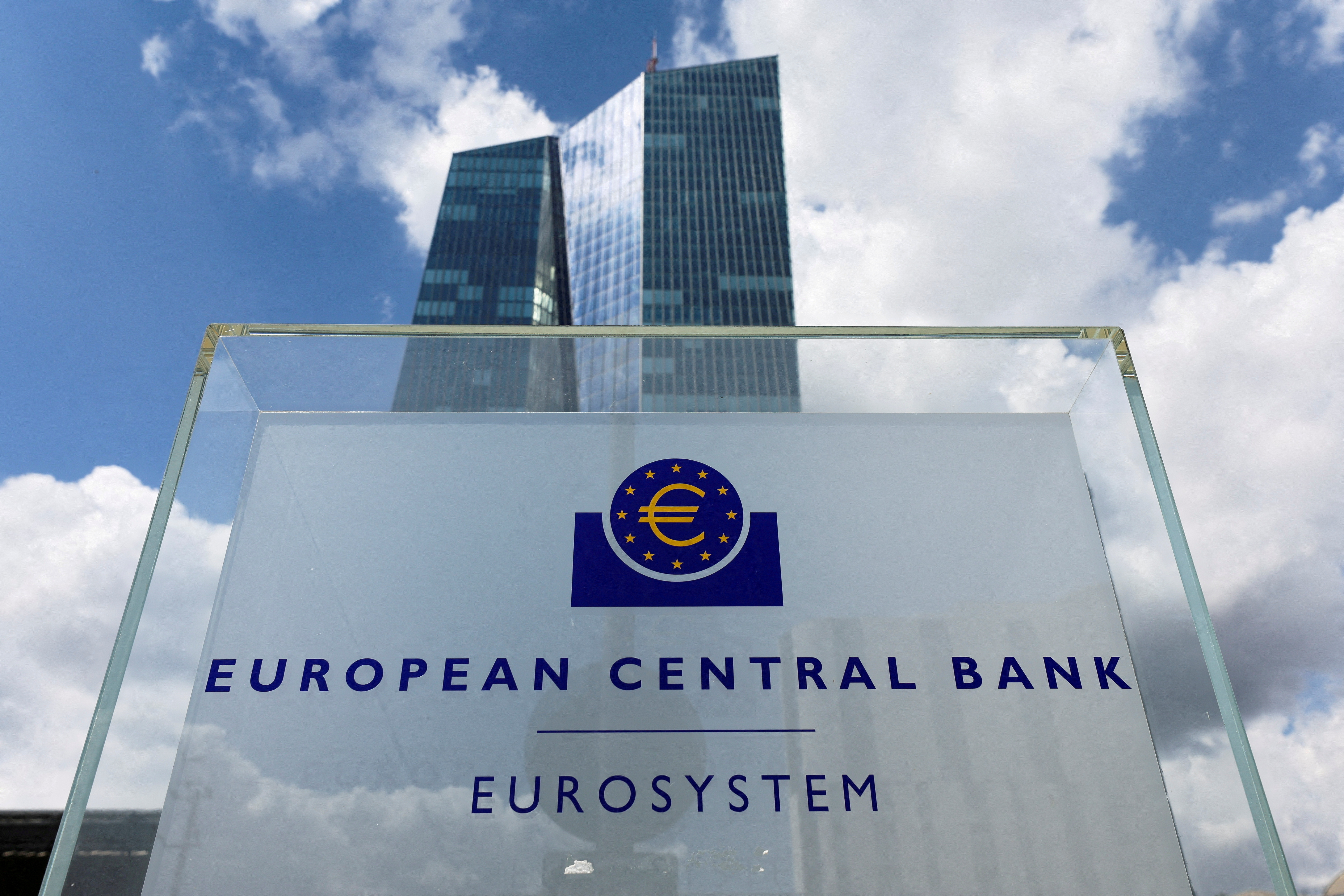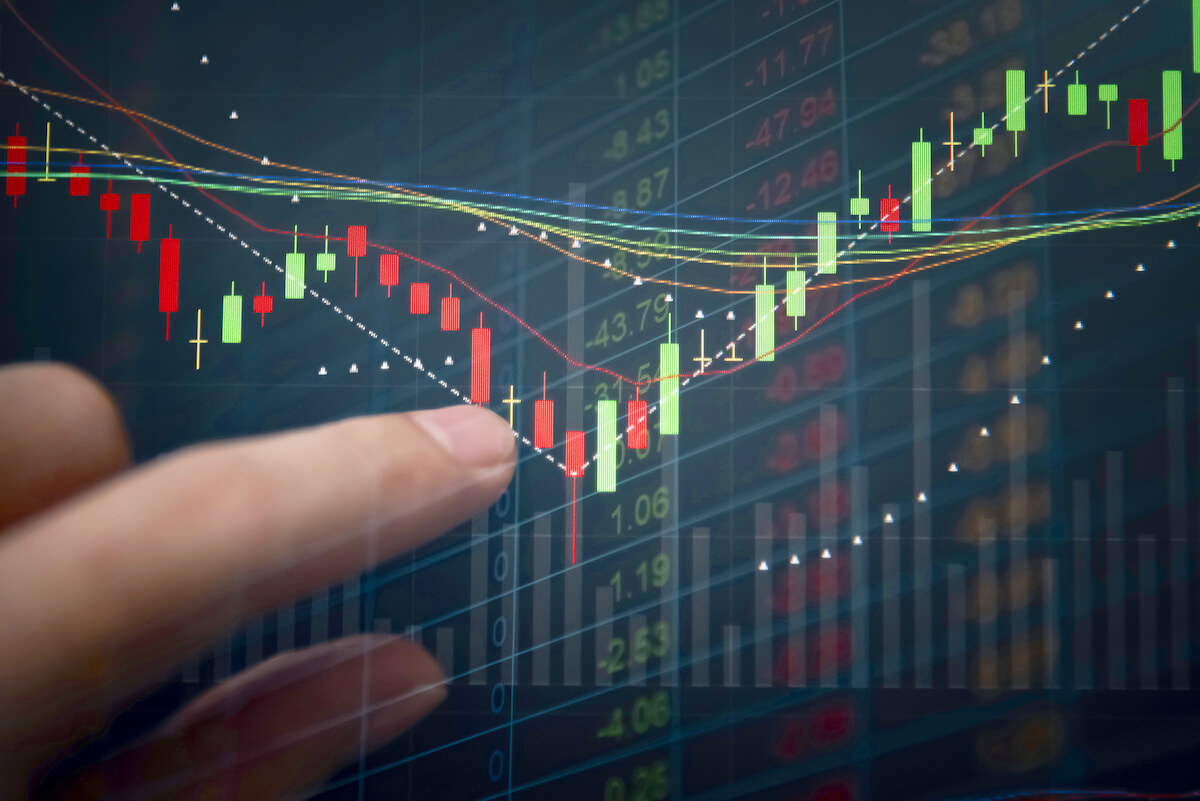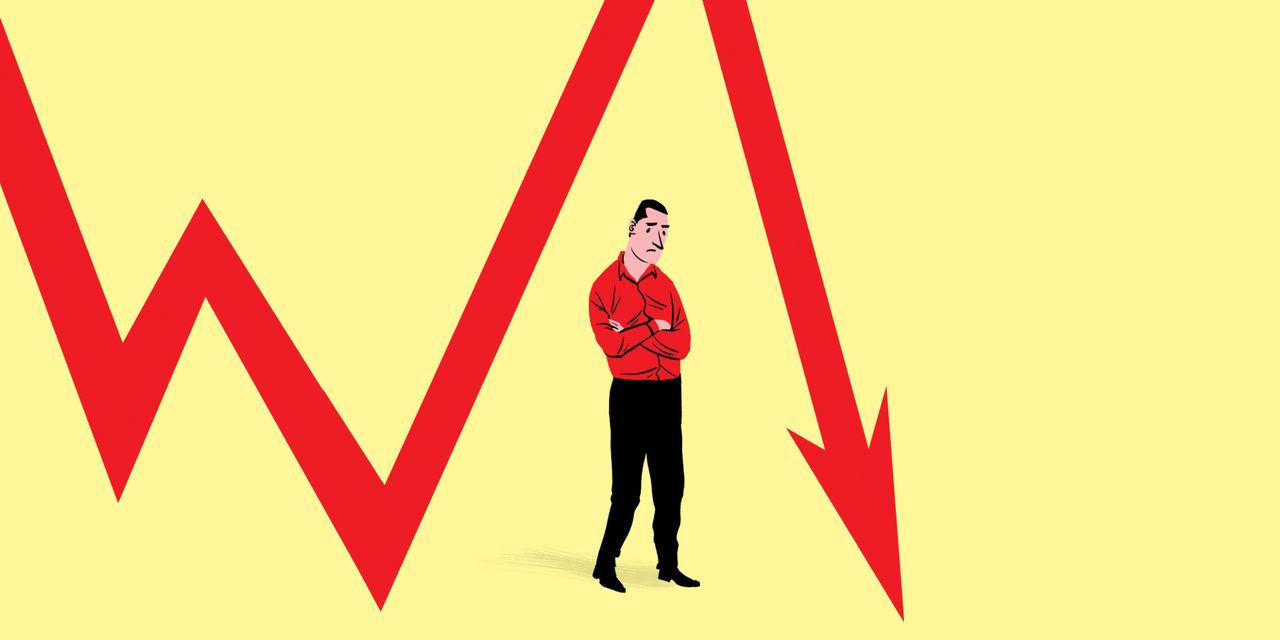
ECB PREVIEW KEY POINTS:
European Central Bank (ECB) Likely to Hike 25bps and Leave Door Open for More to Come.
Inflation has Shown Signs of Slowing but Core and Services Remain a Concern Ahead of Tourist Season.
Possible Scenarios as EURUSD Looks Higher Toward the 1.1000 Psychological Level.
To Learn More About Price Action, Chart Patterns and Moving Averages, Check out the DailyFX Education Section.
The European Central Bank's (ECB) rate decision has partly fallen under the radar as central banks prepare for a busy week since the US Dollar and US Federal Reserve have received a lot of attention. This may be in large part due to the ECB's persistent hawkish language, which has largely been priced in and made markets less responsive to statements or data releases recently.
Markets anticipate a 25 basis point increase this week, with futures pricing indicating a second rate increase in July before a halt. Although I don't anticipate any major surprises, the ECB staff's estimates and comments following the meeting may offer us a clearer sense of where the Central Banks is headed next. Like many Central Banks, the ECB will raise its deposit rate by 25 basis points on Thursday, bringing it to its highest level since 2008.
THE INFLATION CONUNDRUM AND EURO AREA RECESSION
Recently, there have been some positive developments regarding inflation in the Euro Area, but ECB policymakers have emphasised that more work has to be done. Since peaking in October 2022, headline inflation has been steadily declining. The most recent reading of inflation came in at 6.1%, the lowest reading since February 2022, in large part due to the drop in energy costs. Other industries are nonetheless concerned about underlying price pressures, with food inflation being a particular source of contention. The ECB appears to believe that continuing to raise rates until an acceptable or restrictive rate is reached may be the wiser course of action than pausing rates and then starting up again, as we have seen with the Bank of Canada and the Reserve Bank of Australia.
As the Fed's expected peak rate approaches, Fed Chair Powell reaffirmed the need to slow down and review the economy last night, delivering what you might call a "hawkish pause" from the Federal Reserve. This shouldn't have a significant impact on the ECB's decision today or future ones. ECB President Christine Lagarde has repeatedly emphasised that the bank will monitor the Fed while making independent judgements based on the information at hand.
Slower growth is likely to be the main sticking point for the ECB going forward, with recent industrial statistics pointing to a slowdown as consumers prioritise requirements. As the number of European tourists increases, the ECB will probably pay particular attention to the inflation in the service sector out of concern that it could lead to further price increases.
Meanwhile, the newly disclosed revised GDP numbers for Q1 show that the Euro Area technically entered a recession. The predictions for Q4 and Q1 were revised downward from 0.1% growth to a 0.1% decline, which might put pressure on the euro going forward and add more work to the ECB's plate.
POSSIBBLE SCENARIOS AND IMPACT
Rate Increase with a Dovish Tilt: At this point, a 25 bps increase looks inevitable, with staff predictions and general rhetoric likely to be more influential. It is unclear whether the economic forecasts will change as a result of the updated Q4 2022 and Q1 2023 GDP numbers, but there will undoubtedly be discussion about it. Any suggestion that inflation would return to target sooner than anticipated or that there will be new fears about future growth might have dovish effects and cause the euro to fall.
A rate increase that has a hawkish slant could be seen as the ECB adopting a "Hawkish position" if it is accompanied by persistent concerns about core and service inflation prices without making any real mention of the recent technical recession. This, along with any talk of more increases, may prompt some Euro purchasing in the short- to medium-term.
TECHNICAL OUTLOOK
Technically, the EURUSD has been stuck in a 250-pip range for the past month as it searches for direction. The EURUSD gave up its gains since the start of the Asian session to trade around the 1.0800 level yesterday, after we had a pre-FOMC bounce to the upside.
The pair is still bullish without a daily close below the 1.0680 support handle because price has breached and printed a daily candle close above the 100-day MA. Although from an intraday viewpoint and a 'dovish' 25bps hike from the ECB could bring EURUSD back into the 1.0700 levels, higher prices are still my preferred medium-long term path for the EURUSD.
.png?v=1)


